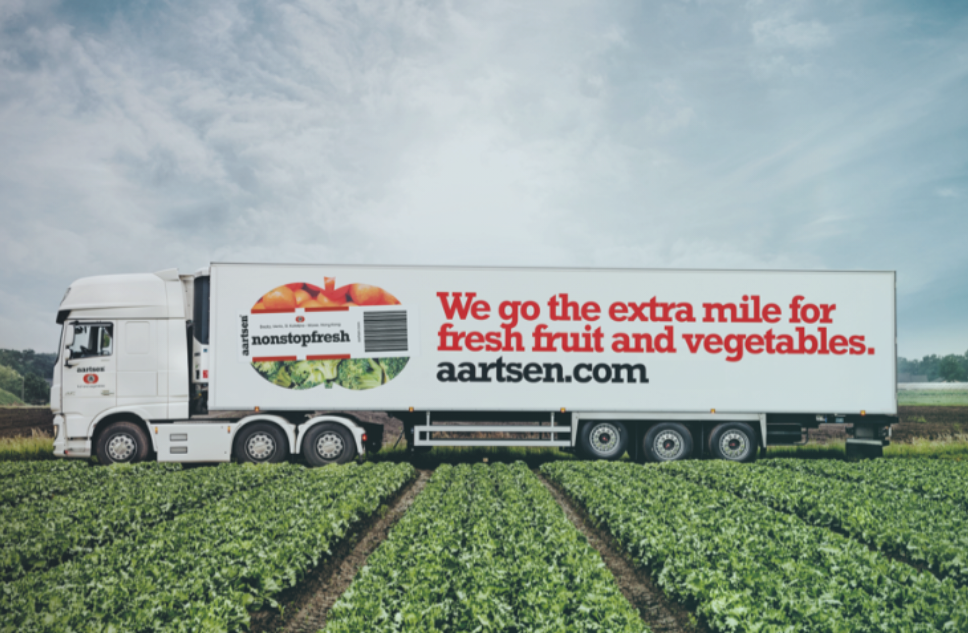Scaling New Business Models: 3 Initial Takeaways
Last edited on Aug, 29 2024 01:38:45 PM
Reading time: 6 minutes
Written by Axel Groothuis
Table of contents
Share article

More and more retail brands are embarking on new initiatives, such as refurbishment, subscription services, and usage-based models. Sometimes out of opportunity, but often from necessity. Driven by themes like sustainability, artificial intelligence, big data, and new forms of collaboration, many new business models and service concepts are emerging. These include peer-to-peer, refurbishment, direct-to-consumer sales, and product-as-a-service models —all aimed at creating, delivering, and retaining more value. This is particularly relevant in today’s constantly changing environment.
To stay at the forefront of e-commerce, we have been a long-term contributor to the Shopping Tomorrow program with partner Bluebird Day. Our expert group explores which business models and (service) concepts are emerging, how they impact the customer journey and various departments within the organisation, and how to scale them successfully. Recently, we visited IKEA, Mondelez, and Intergamma, and here we share our first insights.
3 Initial Takeaways for Scaling Business Models
1. Ten Small Steps Make One Big Step
Dream big, but start small. This way, you can quickly validate and adjust your ideas when necessary. For example, leverage your existing network to scale your new business model. When introducing a new product to your range, first investigate its online performance. Does it sell well or not? What is the turnover rate and traction? Then decide whether to keep it in the regular assortment or determine its place on the shelf. Intergamma started small with their in-home advice service for window decoration at Karwei, where an employee measures your window at home and provides advice on material, colour, and size. Eight DIY stores offered the service, which was promoted locally with flyers. Employees were trained and learned from each other. Not everything was automated right away, but it was still a success. This pilot formed the basis for implementation in other DIY stores.
2. Use AI, But With Caution
Artificial Intelligence (AI) is increasingly becoming a catalyst for rapidly scaling business models. It can be used to identify patterns in (customer) data for specific recommendations, analyse product reviews to provide targeted input for product development, create generative designs for innovative and efficient prototypes, and much more. AI can be used for many different purposes and areas; the examples are nearly endless. But beware, AI also causes societal division, more fake news, collective bias, and privacy concerns. Therefore, thoroughly research the consequences of your actions and consider the implications.
3. Consider Scalability and Feasibility
From design to logistics to technology to employee knowledge, set up your processes so that you can scale. This could involve training increasingly larger groups of employees or automating certain processes as volumes increase and the pilot succeeds. We recommend thinking about the tipping points for when to scale: is it at a certain number of people, resources, or assets? Which success factors will you measure? Sometimes stopping in time can also be a wise decision. Keep this in mind and set aside some money for any risks that may arise.
Final Tips
Scaling a new business model takes time and thought. There are often many hurdles—whether you are an established brand or a newly starting organisation. Alexander Osterwalder's well-known business canvas model is now a useful tool, and in September, our blue paper ‘Scaling New Business Models’ will be released, introducing a new model. We will outline how to start now and what to consider when scaling business models or propositions, supported by practical examples and learnings from our group.
Get in touch
Meanwhile, our experts are happy to share their insights and explore how your organisation can accelerate your digital transformation.
Last edited on Aug, 29 2024 01:38:45 PM
Reading time: 6 minutes
Written by Axel Groothuis
Share article
Also see..
OverviewMeet Emixa, your Partner for Digital Transformation
After a period of thorough preparation and refinement, the moment has arrived: our new consortium...
Read more ⟶Employees App for Custom Communication and Collaboration at Aartsen
In collaboration with Emixa, Team Aartsen developed a versatile and user-friendly mobile...
Read more ⟶Meijer Potato Wins Boomi EMEA Customer Innovation Award
During the Boomi World Tour in Amsterdam last Thursday, Sander Vermeer accepted the innovation...
Read more ⟶

